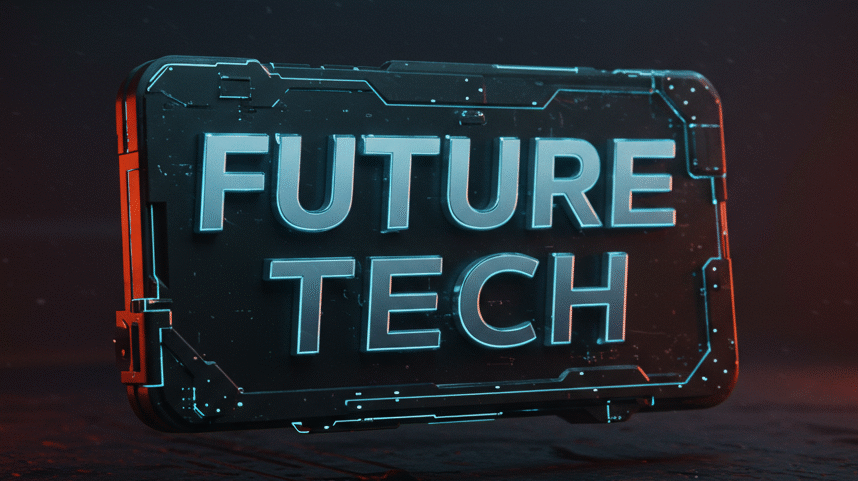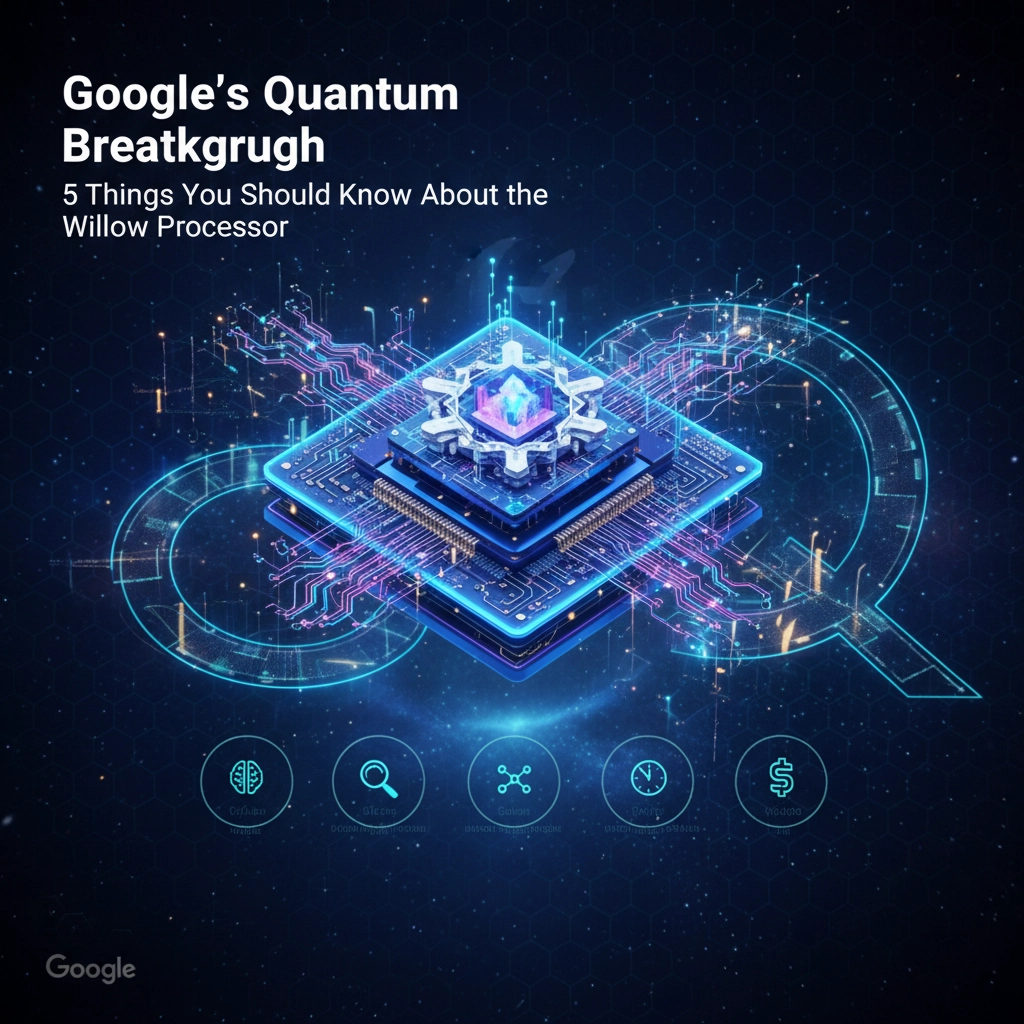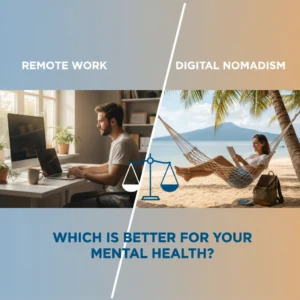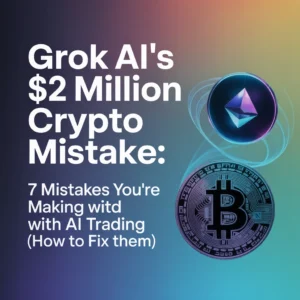Ever wondered what happens when Google's engineers get their hands on quantum physics? Well, they just broke the internet, and possibly reality itself. Google's new Willow quantum processor isn't just another tech announcement. It's the kind of breakthrough that makes you question whether we're living in a sci-fi movie.
Here's what happened: Google just achieved something scientists have been chasing for decades. Their Willow chip completed a calculation in under five minutes that would take the world's most powerful supercomputers 10 septillion years. That's a 1 followed by 25 zeros. To put that in perspective, that's longer than the universe has existed, by a lot.
But there's so much more to this story than just mind-bending numbers.
The World's First Verifiable Quantum Advantage
Here's where things get really interesting. Google didn't just claim their quantum computer was faster, they proved it in a way that other scientists can actually verify. This is huge.
Previous quantum computing demonstrations were impressive, but they had a problem. Nobody could really double-check the results because classical computers couldn't handle the same calculations. It was like saying you ran a marathon in record time, but there were no other runners or timekeepers around to confirm it.
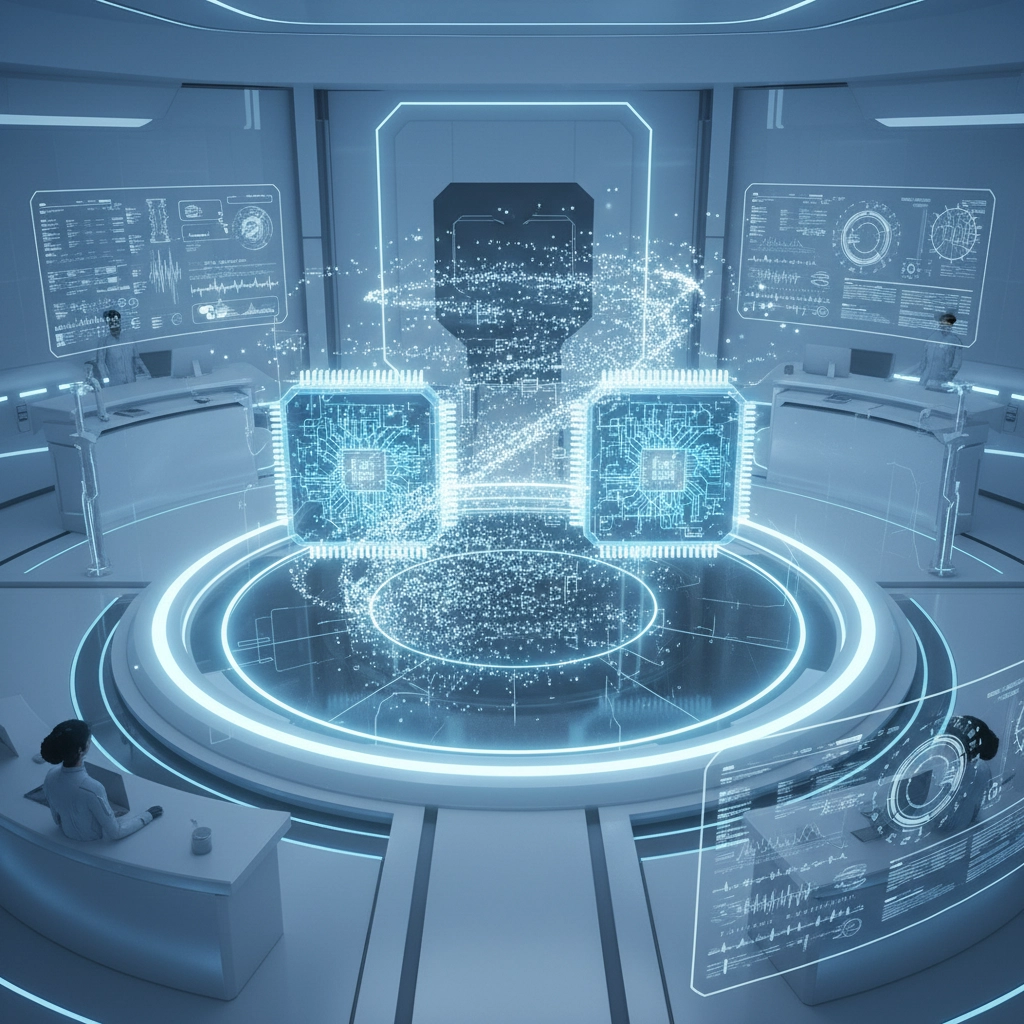
The Willow processor changed all that with something called the "Quantum Echoes" algorithm. This algorithm was published in Nature in October 2025, and it does something remarkable, it computes what scientists call an "Out-of-Time-Ordered Correlator." Don't worry about the fancy name. What matters is that other quantum computers can now replicate these results and confirm them independently.
This verification breakthrough means we're not just talking about quantum computing theory anymore. We're talking about quantum computing reality that other scientists can test and build upon.
Speed That Defies Understanding
Let's talk about speed for a moment. The Quantum Echoes algorithm runs 13,000 times faster than one of the world's most powerful supercomputers. But that's not even the craziest part.
Remember that calculation I mentioned earlier? The one that takes Willow five minutes but would take classical supercomputers 10 septillion years? Let me help you wrap your head around this number.
If you started that calculation when the Big Bang happened 13.8 billion years ago, you wouldn't even be close to finished today. You'd need about 700 trillion universes worth of time to complete what Willow does over lunch break.
My neighbor recently complained that his computer takes two minutes to boot up. I didn't have the heart to tell him about Willow.
The Error Correction Revolution
Here's something most people don't realize about quantum computers, they're incredibly fragile. Quantum bits (qubits) are sensitive to everything: temperature changes, electromagnetic interference, even cosmic rays. It's like trying to balance a pencil on its tip while riding a roller coaster during an earthquake.
For almost 30 years, scientists have been struggling with a fundamental problem: as you add more qubits to make quantum computers more powerful, you typically get more errors. It's been the biggest roadblock to practical quantum computing.

Willow just smashed through that roadblock. Instead of getting more errors as it scales up, Willow actually reduces errors exponentially when more qubits are added. This is what scientists call "below threshold" error correction, and it's been the holy grail of quantum computing.
The chip achieves this with 105 high-fidelity qubits working together in perfect harmony. Think of it like having a orchestra where adding more musicians actually makes the music clearer and more precise, not more chaotic.
Real-World Applications Are Finally Here
Okay, so Willow is fast and accurate. But what can it actually do for us regular humans? Turns out, quite a lot.
The breakthrough applications include:
• Drug discovery: Finding new medicines by understanding how molecules interact at the quantum level
• Materials science: Designing stronger, lighter materials for everything from cars to space shuttles
• Battery technology: Creating batteries that charge faster and last longer
• Catalyst development: Making chemical processes more efficient and environmentally friendly
• Molecular chemistry: Understanding complex chemical reactions that were previously impossible to simulate
The Quantum Echoes algorithm can already explain interactions between atoms in molecules using nuclear magnetic resonance. This isn't theoretical: it's happening right now in Google's labs in Santa Barbara.
What This Means for the Future of Technology
We're witnessing a pivotal moment in computing history. Sundar Pichai, Google's CEO, says this represents a major step toward the first real-world applications of quantum computing. We're finally moving from laboratory curiosities to practical tools that could change industries.

But here's what really gets me excited: this is just the beginning. If Willow can solve certain problems millions of times faster than classical computers, imagine what the next generation of quantum processors will do.
We're potentially looking at a future where:
- New life-saving drugs are discovered in months instead of decades
- Climate change solutions are found through better materials and catalysts
- Artificial intelligence becomes exponentially more powerful
- Cryptography and cybersecurity get completely reimagined
The quantum revolution isn't coming: it's here. Google's Willow processor just proved that quantum computing has moved from "someday maybe" to "happening right now."
Of course, there are still challenges ahead. Quantum computers won't replace your laptop anytime soon. They're specialized tools designed for specific types of problems. But for those problems they can solve, they're about to change everything.
The race is now on. Other tech giants like IBM, Microsoft, and dozens of startups are working on their own quantum breakthroughs. Google just raised the bar incredibly high with Willow, but competition in quantum computing is fierce.
One thing's for sure: we're living through a technological revolution that our grandchildren will read about in history books. The question is, what impossible problem will quantum computers solve next?
